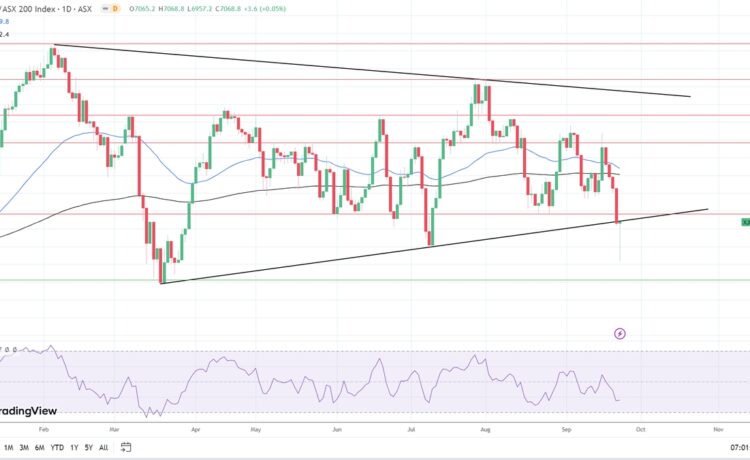U.S. Stock Indices Rebound Amid Rate Cut Expectations; Mixed Trends in Asia

In a potent comeback from the previous day’s decline, the U.S. stock indices witnessed growth, with the S&P 500 and NASDAQ up 1.03% and 1.26% respectively. This rise comes despite the unveiling of the U.S.’ revised third-quarter GDP data, which fell short of predictions. However, investors fortified their belief in an aggressive cut in interest rates by the Federal Reserve. The spotlight now shifts towards the forthcoming U.S. Personal Consumption Expenditures (PCE) indicators, anticipated to corroborate that inflation is heading towards the 2% target and can be kept in check without a significant recession.
Asian Markets Show Mixed Directions
Asia’s stock indices presented a mixed bag. Japan’s NIKKEI225 registered a slight growth of 0.09% following inflation data that aligned with economists’ projections, marking a 2.5% price increase for November, a 0.4% drop from October. On the flip side, Chinese stock indices fell due to persistent economic concerns and apprehensions about the broadening of a ban on technology export linked to rare earth minerals.
Baltic Indices Remain Steady
In the Baltic region, stock indices remained fairly stable. Travel company Novaturas introduced a novel sustainability labeling option for hotels, which failed to impress the market as its share price experienced the most substantial fall on the Baltic exchange by 2.33%. In contrast, Grigeo’s stock ascended by 9.15% over the week, partly attributable to the company’s chairman Gintautas Pangonis’ enterprise buying over half a million euros worth of shares in three trading sessions.
Traders Bet on Rate Cuts
Traders are wagering on at least six quarter-point interest rate cuts from the U.S. central bank by the end of next year. Observers are eagerly awaiting the Commerce Department’s personal consumption expenditures (PCE) report due on Friday, which will cover income growth, consumer spending, and inflation. The Federal Reserve’s preferred gauge of inflation is expected to demonstrate that prices fell for the first time since 2020 in November, providing yet another indicator of the economic landscape.














